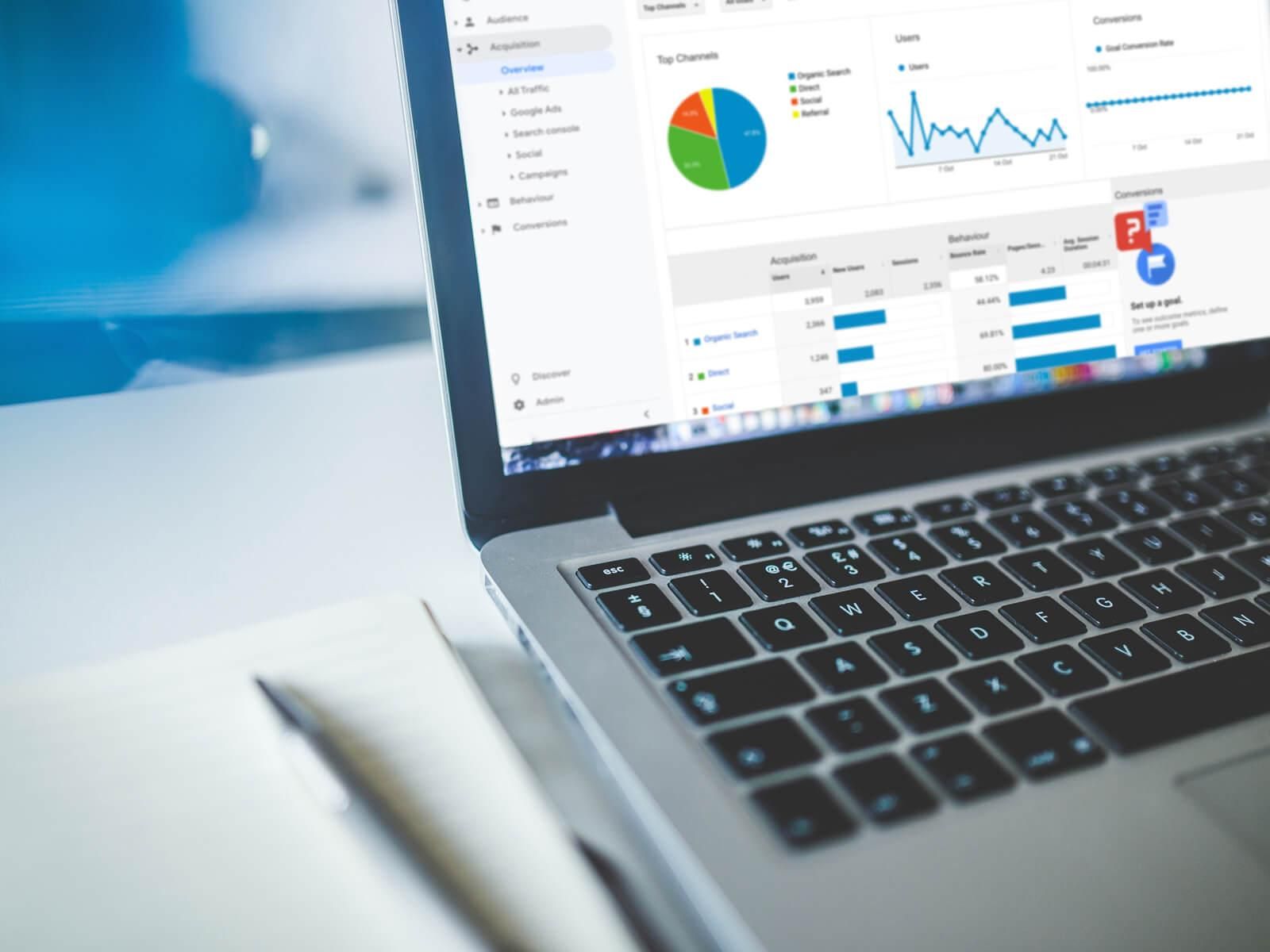
Written by Katie Lamberg in Marketing

Now a conversion will differ depending on your business, product or goal. It can be a user clicking a button, purchasing a product, subscribing to an email list, downloading an app or simply completing a form. Whatever your goal, testing and making the necessary changes based on your findings can improve the conversion rate (CR), this in simple terms is what Conversion Rate Optimisation is. A/B and multivariate testing, optimising your copy, analysing how users interact with your site, simplifying forms and looking at why a shopping cart was abandoned, are all ways in which you can optimise a user's journey and increase your Conversion Rate.
Working out your Conversion Rate is simple. Divide your number of conversions with the number of sessions. So for example, in September a women's online fashion store sold 347 items whilst having 1,469 website sessions. This equates to 347 divided by 1469 = 0.24% Conversion Rate. Now, this might not seem like a huge figure but bear in mind that the likes of Amazon achieved 9% on Prime Day in the UK in 2019. Different websites have different goals which can alter the Conversion Rate calculation. If your website visitor can only purchase once, such as a holiday, or you only sell one bespoke product, then the calculation is done by dividing the number of conversions with the number of unique visitors rather than website sessions. This gives a more accurate conversion rate when dealing with single purchase items, as once the user has purchased your product, the next time they visit your site they can't purchase again and are probably just discovering other information on your websites such as a blog or instructions.
You could go away and start testing and improving large parts of your website, yet the very best way to use Conversion Rate Optimisation is on a micro-level. Rather than changing large sections or elements of your site, break it down into sections and then look at the smaller parts that make up that section. For example, rather than think, our email subscription form isn't converting well, let's redesign it. Run some smaller micro tests on parts of the form, such as colours of buttons or fields, font types and sizes and even the terminology used within the form to make it easier to understand. Putting yourself in your customers' mindset will help with all of this, plus using testing software such as VWO or Inspeclet which our search team uses to determine best performing versions or any testing they undertake. Gradually with micro-level optimisation, you'll end up with a higher-performing website that generates successful conversions consistently over a longer period of time, saving you money on additional marketing whilst reducing the cost per lead or sale.

In order to optimise efficiently across your website you need to be able to understand the data you have available. Whether it's from Google Analytics, Google Optimize, HotJar or similar, you need to understand your customers journey through your website and how they interact with it. From where they landed on your website to where they left, you should understand where and how their journey is being disrupted and make their route to a transaction an intuitive one.
If you're not familiar with Google Analytics it can be overwhelming initially, but the data it gives you with some investigation will be business changing. We've listed below some examples of what can be found and how it will help.

There are many areas to look at when optimising your site for conversions, below we have listed a few of the key ones.
For a small to medium-sized business, the level of detail and time to implement Conversion Rate Optimisation is just not feasible. Yet there's good news. CRO doesn't have to cost thousands to implement and can have a fantastic return on investment quite quickly, even small changes to your Conversion Rate can make a huge difference to your profits. Our team work closely with our developers, social team and search team to give our clients a truly connected strategy, allowing us to achieve results based on data decisions.
The straight-forward and quite blunt point is, if you have a website and spend time and money getting customers to it, then it needs to be optimised for conversions otherwise what's the point in your website?

Next Article
sevenseven is driven by a simple belief: that things can be done better. In a relentlessly evolving industry our team of strategic, creative and technical specialists transform both B2B and consumer brands using “intelligently creative” print and digital solutions.
We’ve set ourselves apart thanks to a guiding set of principles that inform our work and get results for our clients. Take a look at the link below to see how we deliver branding and digital marketing services for our clients.